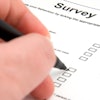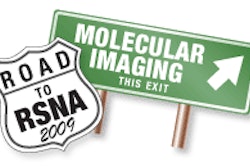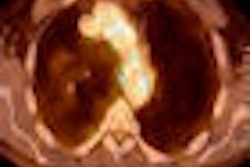Monday, November 30 | 11:30 a.m.- 11:40 a.m. | VM21-13 | Arie Crown Theater
This presentation will detail a study at four institutions that found that breast-specific gamma imaging (BSGI) "significantly contributed" to the discovery of malignant or high-risk lesions in patients with negative or indeterminate mammograms.The researchers note, however, that BSGI should not replace biopsies in patients with suspicious results and should be used to augment mammography in managing patients with difficult-to-diagnose breast parenchyma.
In the study, BSGI was used on a total of 2,004 patients, with pathology or follow-up imaging available in approximately half of the cases, resulting in 250 positive and 792 negative findings. BSGI was positive in 339 patients, negative in 634, and indeterminate in 69 cases with an overall sensitivity of 91% and specificity of 77%.
By comparison, mammographic findings were available for 362 patients, which included 27 negative results, 206 positive results, and 129 findings that were indeterminate.
BSGI detected five malignant and four high-risk lesions in patients with negative mammograms and 25 malignant and three high-risk lesions in patients with indeterminate mammograms.
Of the patients with positive mammographic findings, BSGI was positive in 122 and negative in 12 malignant lesions. BSGI was negative in 30 and positive in 42 benign lesions.




















